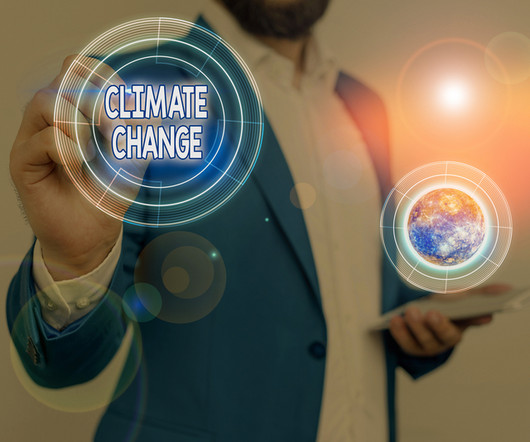Buying 2021 Holiday Gifts for the 2022 Holiday Season
Enterra Insights
AUGUST 5, 2022
For example, journalists Jason Lalljee ( @jasonlall9 ) and Madison Hoff report, “Walmart announced Monday that it will be implementing markdowns across its inventory in response to too much inventory and inflation affecting consumers’ ability to shop. … And it’s not just Walmart.”[2]. ”[2].
















Let's personalize your content